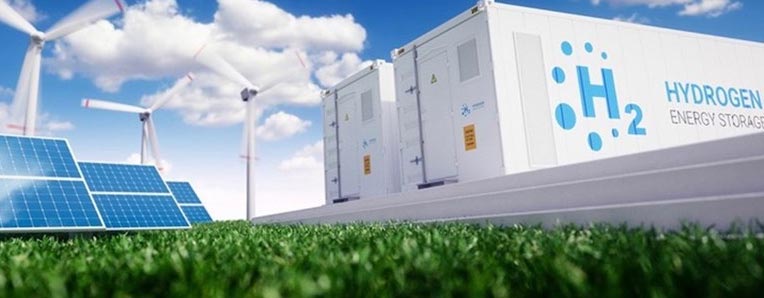Mauritania has great potential in various renewable energies - solar, wind turbines and hydroelectric.


- Solar energy: The Mauritanian territory is characterized by a sunny climate during all periods of the year. The quantities estimated are valued between 2,000 and 2300 KWH per m2 per year, throughout the national territory with an area of 1,303,700 km2.
- Wind energy: Mauritania has a confirmed potential in wind energy due to its coastal climate characterized by strong and continuous winds blowing at about 9 meters per second throughout the year. The country has large surfaces, all along a coastline of 754 km on the Atlantic Ocean, which is conducive to the creation of gigantic wind farms. Experience in the field has proven the large-scale success of electricity production by creating a 30 MW wind station to satisfy the demand inNouakchott, the capital city.


- Hydroelectric energy: Mauritania is a founding member of the Organization for the Development of the Senegal River (OMVS), one of its vocation is the production of hydroelectric energy and the distribution in the region (Mauritania, Senegal, Mali, Guinea Conakry). This organization currently operates two dams that produce hydroelectric power with a capacity of over 300 MW distributed in quotas between the four countries.


THE LEGAL FRAMEWORK FOR INVESTING IN RENEWABLE ENERGIES IN MAURITANIA
A specific law for investment in the field of renewable energies is being created by the Mauritanian government, to organize investments in this sector and specify the terms of partnership expected between the public and private sectors.


HYDROGEN GREEN
Mauritania is one of the countries with the greatest predisposition for the production of green hydrogen, thanks to a significant potential in solar energy estimated, according to the latest statistics available, between 2000 and 2300 kWh per square meter per year over the entire the extent of the national territory. Just as the force of the wind of around 9 meters throughout the year, especially in coastal areas is another asset.




THE INFRASTRUCTURES REQUIRED FOR RENEWABLE ENERGIES IN MAURITANIA
- Maritime ports: Mauritania currently has 4 ports all along the coast at Dakhlet-Nouadhibou, Tanit, Nouakchott and N’Diago.
-
Roads and railways:The country has a 704 km long railway line depending on the iron ore mining sites in the wilaya of Tiris Zemmour at the mineral port of Nouadhibou, it also has a road network depending fully on the mining areas of Inchiri, Dakhlet-Nouadhibou and Trarza to seaports along the Atlantic coast. - Telecommunications: Mauritania has developed in recent years an integrated infrastructure in the field of communications meeting international standards. It is linked to Europe and coastal African countries by an optical fiber submarine cable.
- Electricity and distribution networks: Electricity production capacity in Mauritania has reached high levels in recent years with the inauguration of 6 large power plants in Nouakchott and the strengthening of the production capacity of all power stations in the other cities.








